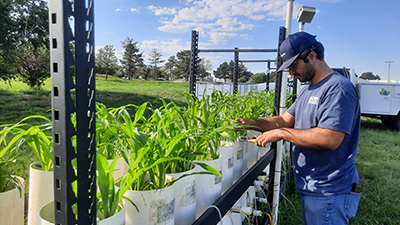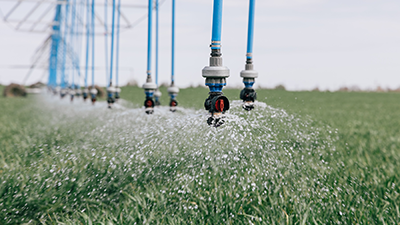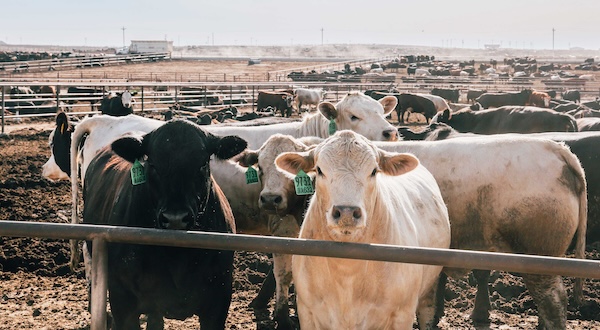Our Work
Kansas Water Institute research
The Kansas Water Institute is proud to support innovative research faculty from different universities in Kansas. Our work focuses on the water resource issues facing our state, whether that's depletion of the High Plains Aquifer, degraded water quality, or vulnerability to extreme events. Our projects put a special emphasis on the work of early-career scientists, and we emphasize funding for student research (both graduate and undergraduate). Take a look at the KWI info sheet for more information about how we ensure that Kansas water is our focus.
A liquid lifeline
Researchers at Kansas State University are working to ensure water quality, recommend climate-smart practices and prevent water loss so it remains a reliable resource.
Are you an undergraduate or graduate student? The Kansas Water Institute wants to support your work and your research. Learn more about how you can receive scholarships, research support, or other financial aid.


